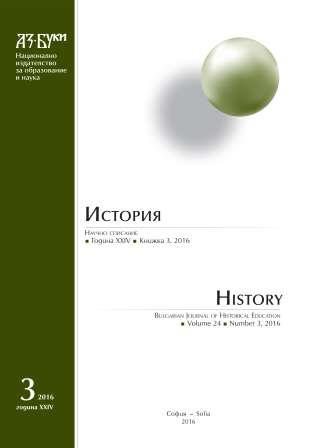
We kindly inform you that, as long as the subject affiliation of our 300.000+ articles is in progress, you might get unsufficient or no results on your third level or second level search. In this case, please broaden your search criteria.


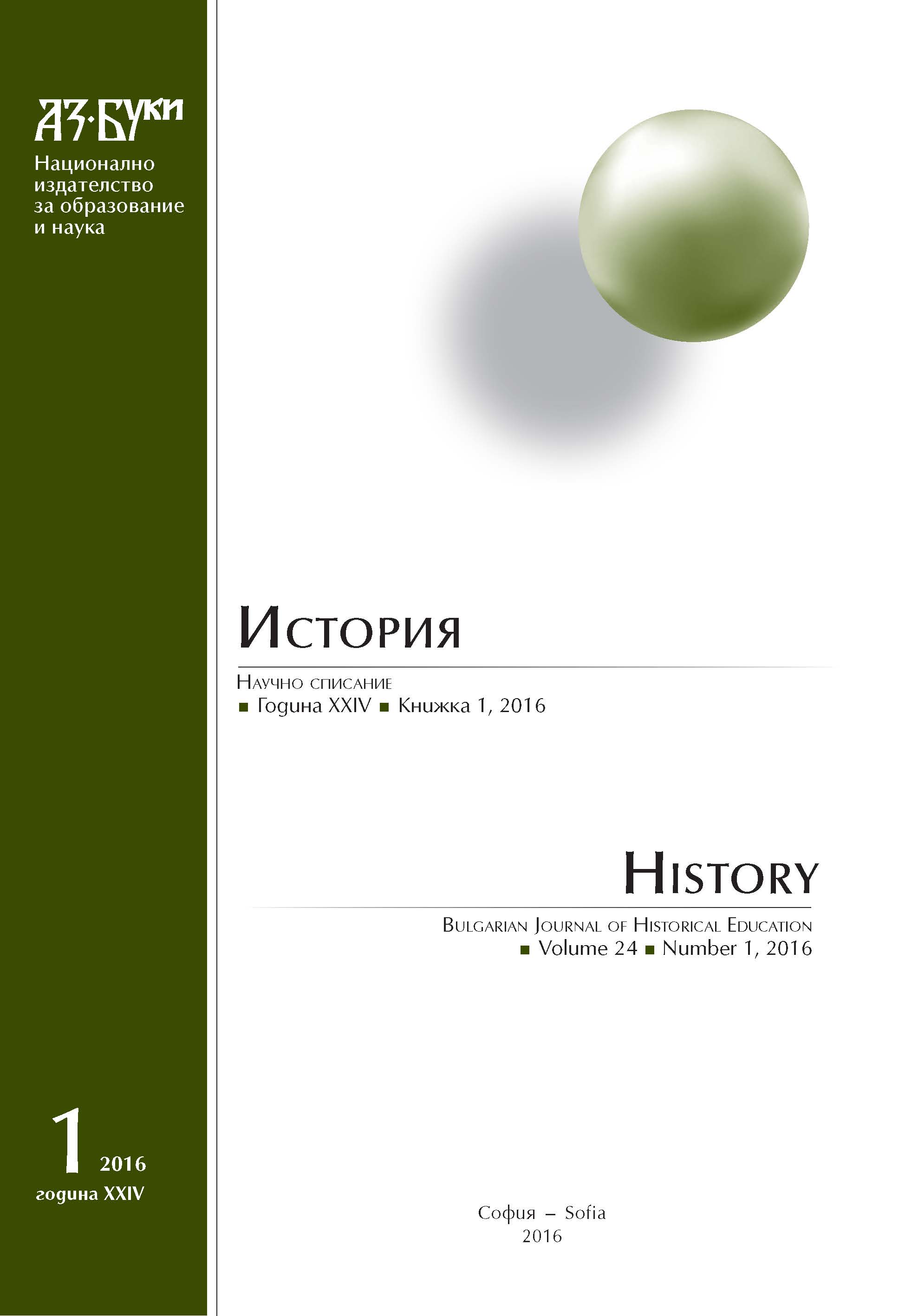

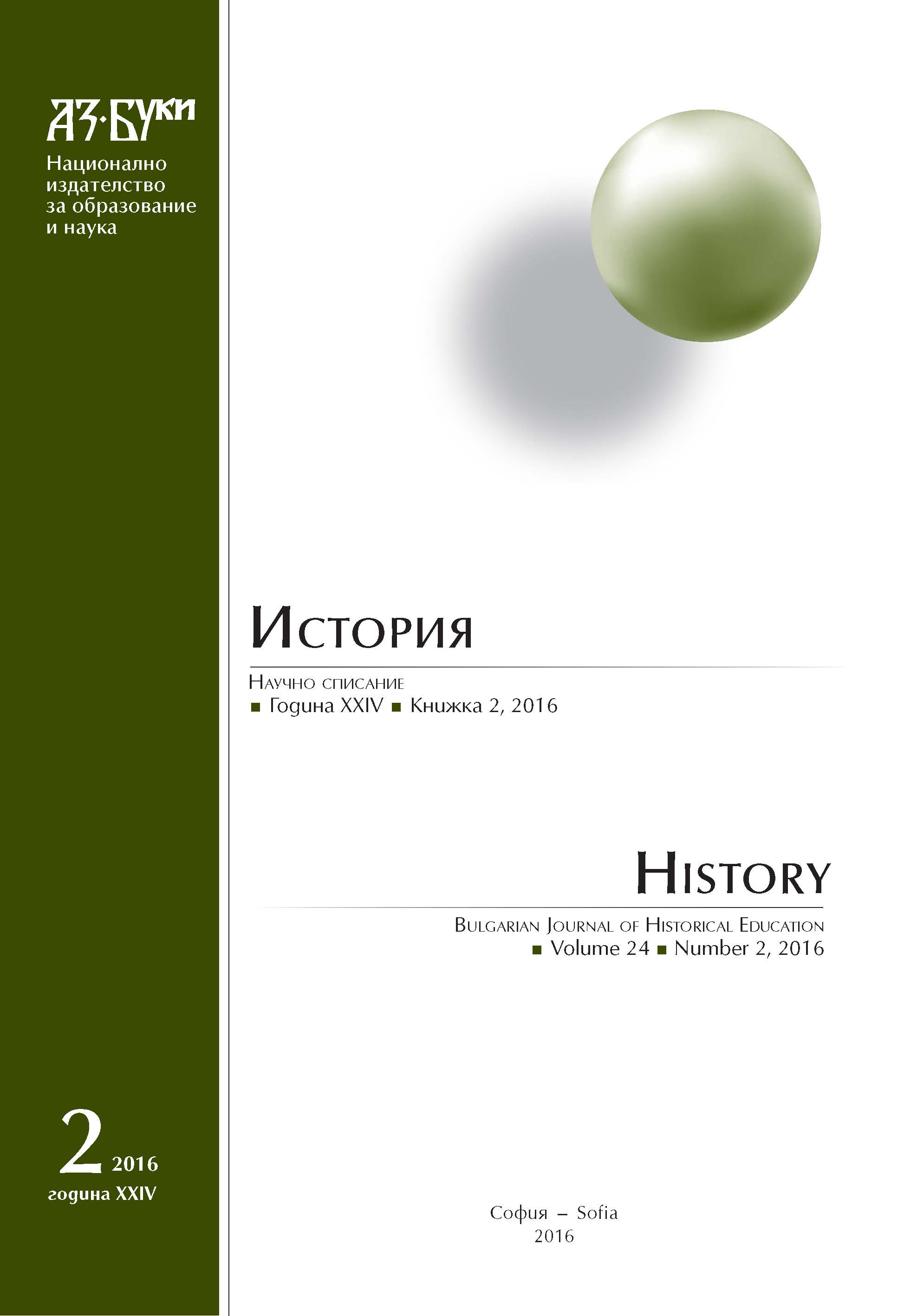

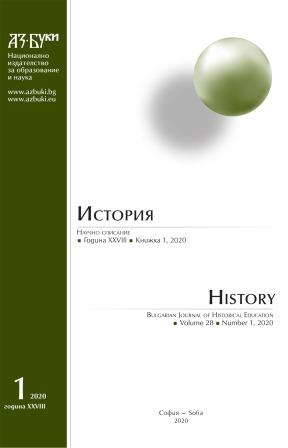

The period of the British Mandate for Palestine (assigned by the League of Nations) is fundamental not only to the establishment of the State of Israel, but to a better understanding of the ongoing Israeli–Palestinian conflict as well. The present article explores the land question in Palestine since the Ottoman Empire, where the local specifics pave the way for the subsequent change in land ownership of some Palestinian territories. Then there are the multiple legislative documents issued under the British rule, which affect land transfers. At the same time the Zionist movement works diligently towards establishing а “national home for the Jewish people” in Palestine by buying land from private owners. Yet, the article aims to remain neutral while exploring the land question in Palestine during the British Mandate and while summarizing its findings.
More...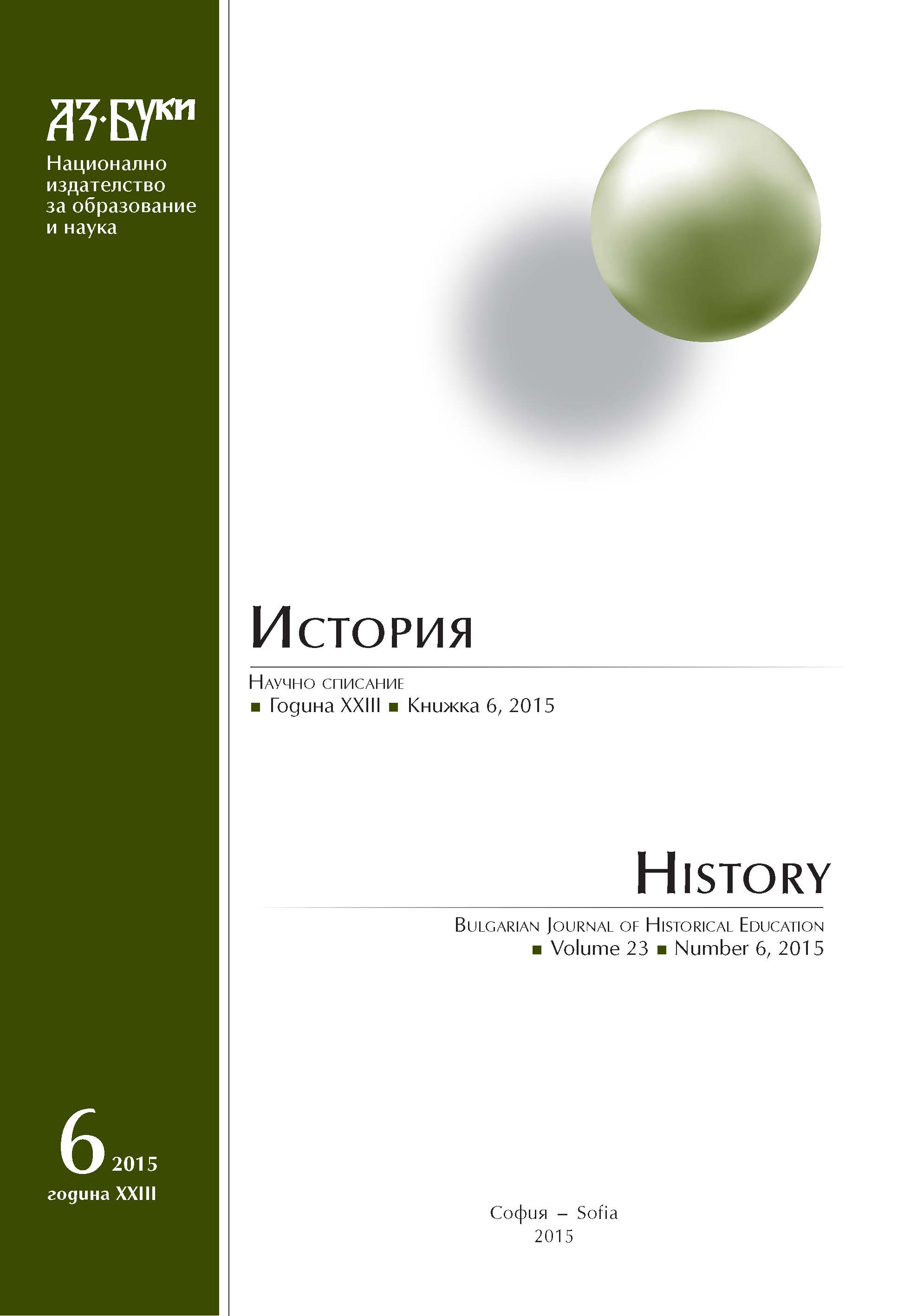
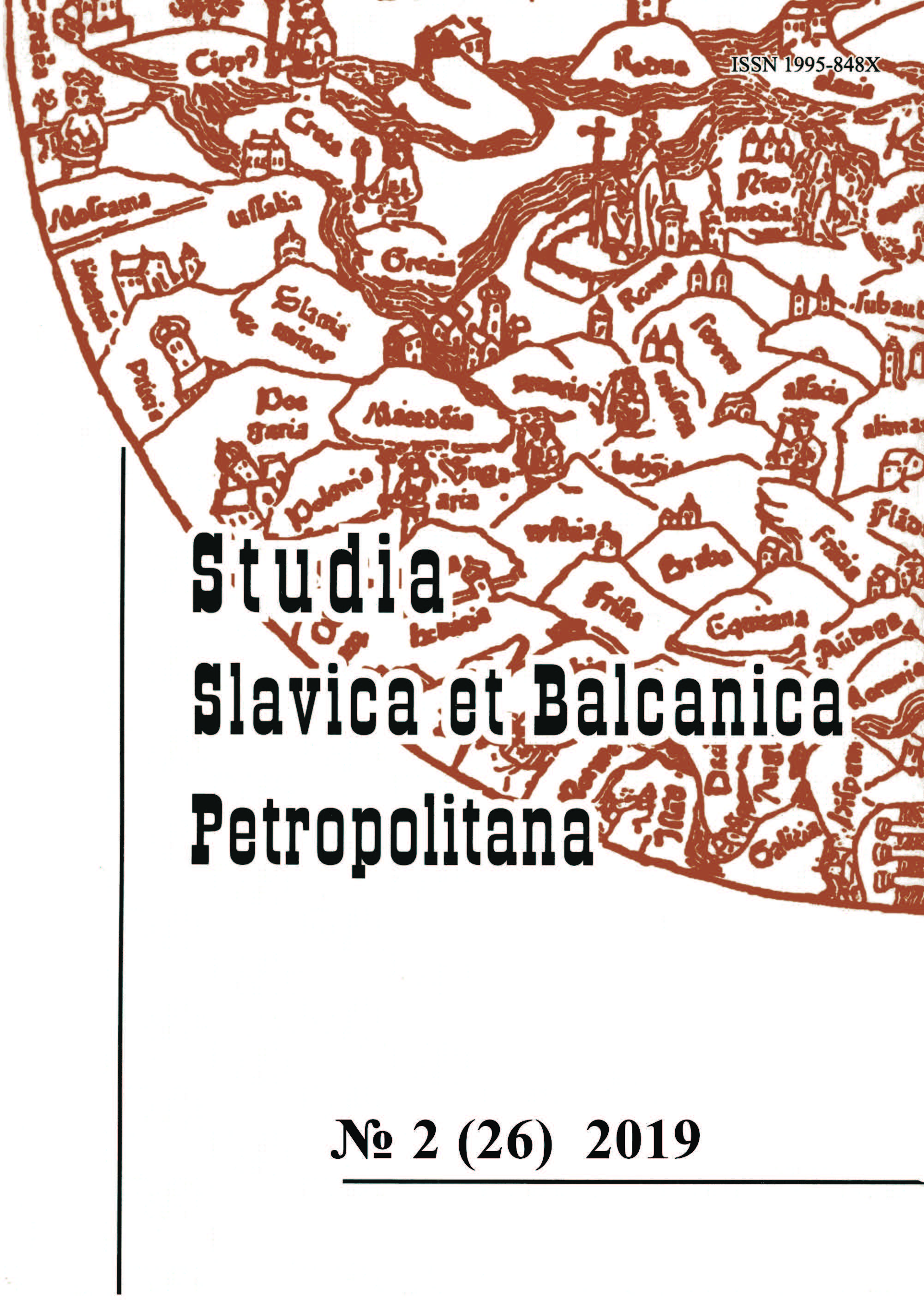
The article highlights issues related to the problems of studying the history of Eastern Europe, the definition of Slavic identity and the construction of national Slavic historical memory, which were discussed by domestic and foreign researchers in the framework of the First international St. Petersburg historical forum (October 29–November 3, 2019).
More...
The article discusses a few controversial ideas about the ‘essence’ of the Bulgarian nation. The foundation of the autonomous Bulgarian principality (1878) arouse the controversy between the ‘ethnic’ and the ‘civic’ perspective on the Bulgarian nation. This controversy is still actual in the Bulgarian public debates and influences the Bulgarian policy toward ethnic minorities and specific groups, such as Pomaks (Bulgarian-speaking Muslims) and Gagauz (Turkish-speaking Orthodox Christians) who did not ‘meet the standard’ for the ‘real’ Bulgarians.
More...
The influence of Polonization, Rusification and sovietization on the Belarusian people made Belarusians one of the least historical-conscious nations in Europe. However, an important reference frame could play a role in shaping a future Belarusian national identity: the Belarusian People's Republic, a political entity that existed for several months in 1918. In the recent years, a certain trend of "returning to the roots" can be observed, in which the symbolism related to the Belarusian People's Republic seems to enjoy a special place.
More...
The paper explores the general issue of how ancient and medieval peoples considered not to be ‘ancestors’ of modern nations are dealt with in academic and popular narratives created in different ideological environments in the 20th century. The case of the modern Romanian conceptual approaches to the ancient Greek inhabitants of the western shore of the Black Sea, particularly to those living in the city of Histria, is examined. These approaches are identified both in the academic works of the archaeologists who have directed excavations at the site since 1914, and in works for larger audiences, such as touristic guidebooks and school textbooks. The picture that emerges from this preliminary research of a rather limited amount of sources is that the West Pontic Greeks were generally perceived as foreigners in contact with the autochthonous Getae, ‘ancestors’ of the Romanians, according to the core of national ideology. Their status was ambiguous because, apart their foreignness, they were bearers of the highly appreciated Classical culture. Consequently, ideological approaches ranged from negative views that portrayed them as perilous exploiters of the locals to positive views that either emphasized their benign influence over the Getae or nationalistically appropriated their cultural achievements. Neutral academic approaches and quasi-complete popular ignorance in favor of the Getae and the Romans are also documented.
More...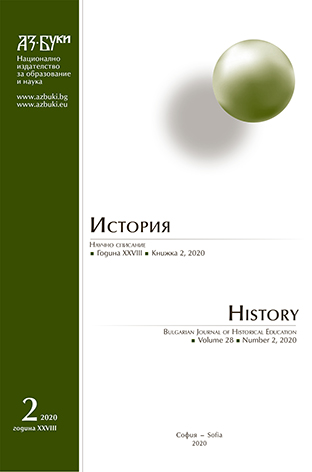

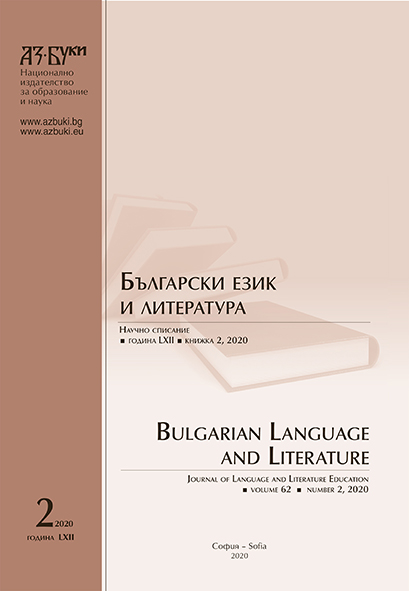
The report examines poorly known testimonies of Dobrudzha and its ethnic characteristics, collected by the Hungarian ethnographer Györfi István (1916). They correspond to the trend in the then Hungarian science of exploring „related Turan peoples“. Today they can be considered as a beginning of a more targeted and systematic knowledge of Hungarian society about the Bulgarian province. These publications are a good basis for forming certain ideas about the Bulgarian territories and for enhancing their research interest.
More...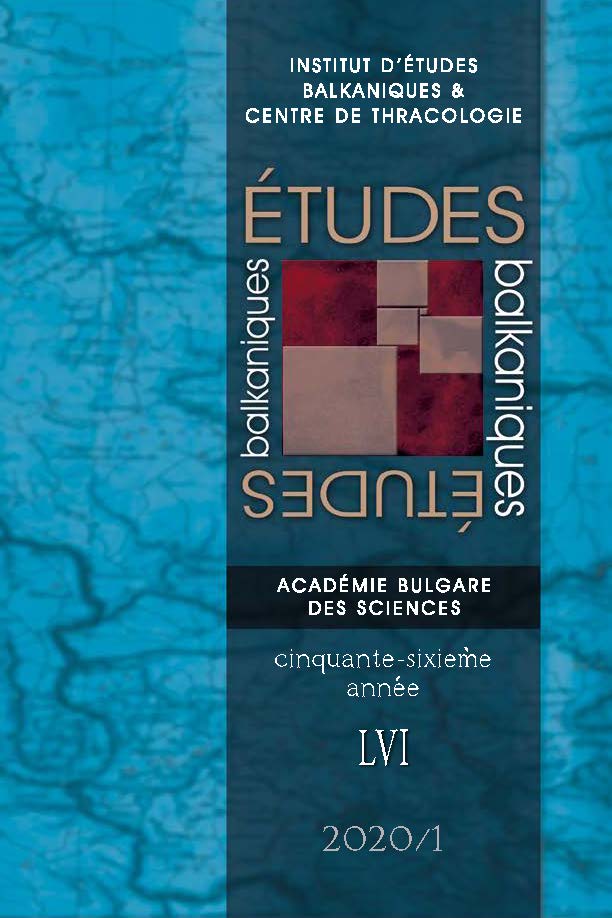
Abstract: The purpose of this text is to present several exemples of the Bulgarian history that reveal the role of the Greek language in the transfer of knowledge concerning economic life and its importance for the modernization processes of the eighteenth and nineteenth centuries. I comment on the use of Greek as a vehicle for knowledge in the field of commerce and I retrace the penetration of double-entry bookkeeping and the knowledge in commercial epistolography and geography, closely linked to commercial activities. The analysis of the correspondence of Bulgarian merchants of the 19th century reveals the current use of this language in trade, even after the cooling of relations between Bulgarians and Greeks during the second half of the 19th century due to the incompatibility of their national programs.
More...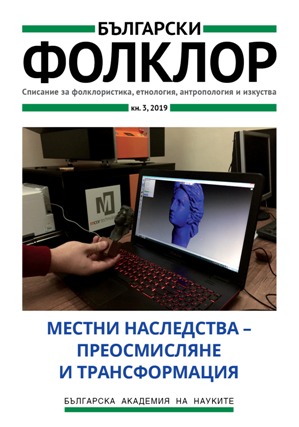
The word “monastirya” is not just a dialect variant, meaning a place (an old place), relative to the knowledge of a monastery that existed or still exists. It has a generalizing emotionally-assessing aspect, regarding the place and the function of the religious Christian monastery in the local memory. The stress in it is the statement that these are monasteries from the age of the Bulgarian kingdom.The topos “monastirya” dynamically produces the process of the ethnic and religious identification and self-identification on the grounds of a particular cult. In this same sense, there is also a variant of designation not only of Christianity. Even places, related to the Islam and most often – tekkes – are also referred to as monasteries. The cult has specific dynamics in time and grows with numerous legends and traditions. They motivate its vitality in the past by the particular character of its realization in sites that have really existed and which, in many cases, have been obliterated in the real space. Nevertheless, even today they still have their place and vitality namely as knowledge.The information that has been preserved and the local knowledge about the Little Sliven Holy Mountain confirm the place and function of the topos “monastirya” in the cultural space. Today, it is the vitality of this knowledge that lies at the root of re-creation of sites which have once existed.
More...
The current text examines the museum representations of Hadzhi Dimitar, Stefan Karadzha, Zahari Stoyanov and Panayot Hitov, whose life connects the areas of Ruse and Sliven. The research is based on observations over four house museums – “Hadzhi Dimitar” in Sliven, “Zahari Stoyanov” in Medven and in Ruse, and “Baba Tonka” in Ruse. These examples display ambiguous presentations of the heroes’ biographies, based on the availability or the absence of a memorial house to the character. The type of presentation is contextualized with the settlement’s history, which in this case appears as an environment for the “spiritual growth” of the hero. The absence of a memorial house leads to a fragmented presentation of the image, turning it into an addition to the main topic.
More...